Nagpur Local
-
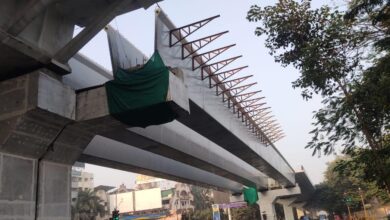
RTO Flyover to Open in September First Week After 1.5-Year Delay in Nagpur
The city of Nagpur is finally set to witness the opening of the much-anticipated Bole Petrol Pump–Futala Square flyover in…
Read More » -
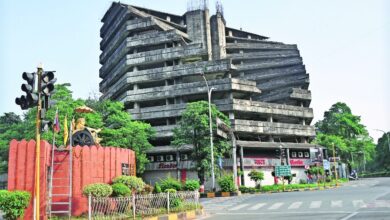
Poonam Tower Controversy: Maharashtra Government Pushes for Structural Audit and Acquisition for Vidhan Bhavan Expansion
Vidhan Bhavan expansion: The Poonam Tower Nagpur—a half-constructed and long-abandoned building standing right opposite the Maharashtra Vidhan Bhavan in Nagpur—has…
Read More » -

SECR Nagpur Division to Develop World-Class Cricket Ground at Kalamna to Boost Sports Infrastructure
Kalamna cricket ground: In a significant move to promote sports culture and nurture emerging talent within its ranks, the South…
Read More » -
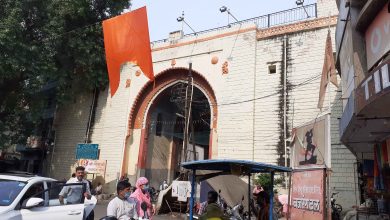
NMC Launches Heritage Revival Plan to Restore Gandhi Gate in Mahal, Nagpur
A New Dawn for an Ancient Gateway In a significant step toward reviving Nagpur’s historical legacy, the Nagpur Municipal Corporation…
Read More » -

Mandals Can Register Till July 31 for Khasdar Sanskritik Ganesh Utsav: A Cultural Celebration in Nagpur That’s Rewriting Tradition
Nagpur’s Cultural Renaissance Through Ganeshotsav What began in 2021 as a modest attempt to blend spiritual devotion with cultural enrichment…
Read More » -
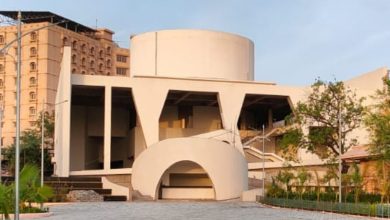
Koradi’s Grand Transformation: Butterfly Garden, 7D Theatre & Tallest Hanuman Statue in the World
Koradi, a town nestled in the heart of Vidarbha, is on the brink of a breathtaking transformation. Spearheaded by Guardian…
Read More » -

Operation U-Turn: Nagpur Traffic Police’s Bold 9-Day Crackdown Nets 336 Drunk Drivers
In a decisive move to ensure public safety and responsible driving, Nagpur City Police launched a powerful initiative known as…
Read More » -

Baba Tajuddin’s 103rd Urs Begins with Massive Spiritual Celebrations in Nagpur
A Grand Spiritual Gathering Rooted in Peace and Devotion Nagpur is witnessing a monumental spiritual event as the 103rd Urs…
Read More » -
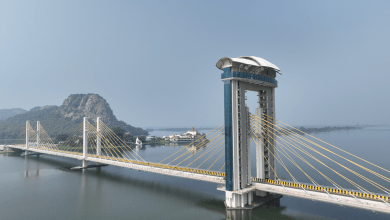
Ambhora Sky Gallery’s Soaring Popularity Hampered by Basic Amenity Lapses
A Tourism Marvel with a Troubling Underside The Ambhora Sky Gallery, built atop the newly-constructed bridge spanning the Wainganga River…
Read More » -

From Cart to Empire: Dolly Chaiwala Receives 1,609 Franchise Applications in Just Two Days
Nagpur’s most iconic tea seller, Sunil Patil, famously known as Dolly Chaiwala, is turning heads again—but this time, not just…
Read More »

